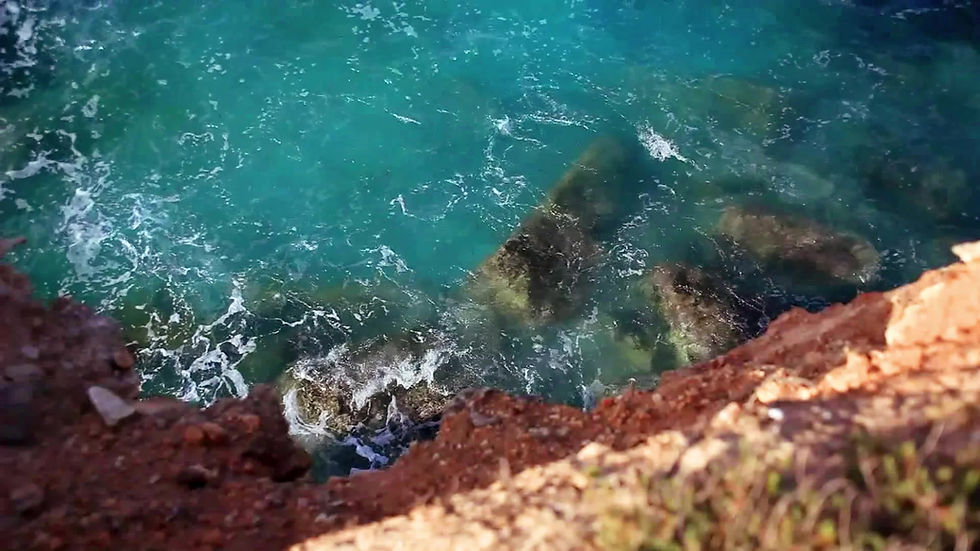

Spicess - interconnection
The 12 Apostles is linked to humans as a landform that serves as a memorial for the thousands of soldiers who returned from WWI; it is also associated to humans as a symbol of the 12 disciples who followed Jesus; and it is connected to humans as a tourist attraction all over the world, enabling small and large businesses to work and the government and national park ranger association to receive money to maintain and protect the landform.
Furthermore, the 12 Apostles are linked to the flora and fauna because many animals, such as crabs, turtles, and penguins, use the limestone stacks as a shelter during harsh weather conditions and safe spots to both shelter themselves and lay eggs. The 12 Apostles are nearby for flora to grow and prosper because it provides great spots that have all the necessities for a plant to grow, including photosynthesis. As a matter of fact, if the current 8 apostles erode, the inhabitants of these stacks (animals) would be without shelter and would have to move to a different habitat, which could affect their migration periods. As well as the animals becoming extinct, which would be disastrous, to the ecosystem.
Plants will also lose a beneficial environment in which to thrive and grow, and many wildlife will feed on some of the plants. Furthermore, some of the plants serve as homes for a variety of tiny creatures, which may have an impact on the abundance of both plants and creatures. Finally, it is critical that the current 8 Apostles are preserved for a long time, until the next wave of rocks, arches, or cliffs are ready to erode and become the new Apostles, for the sake of the area's wildlife and ecosystem.

Above this, is an image of a waddle of penguins migrating from the edge of the coast at 12 Apostles, to a different place.